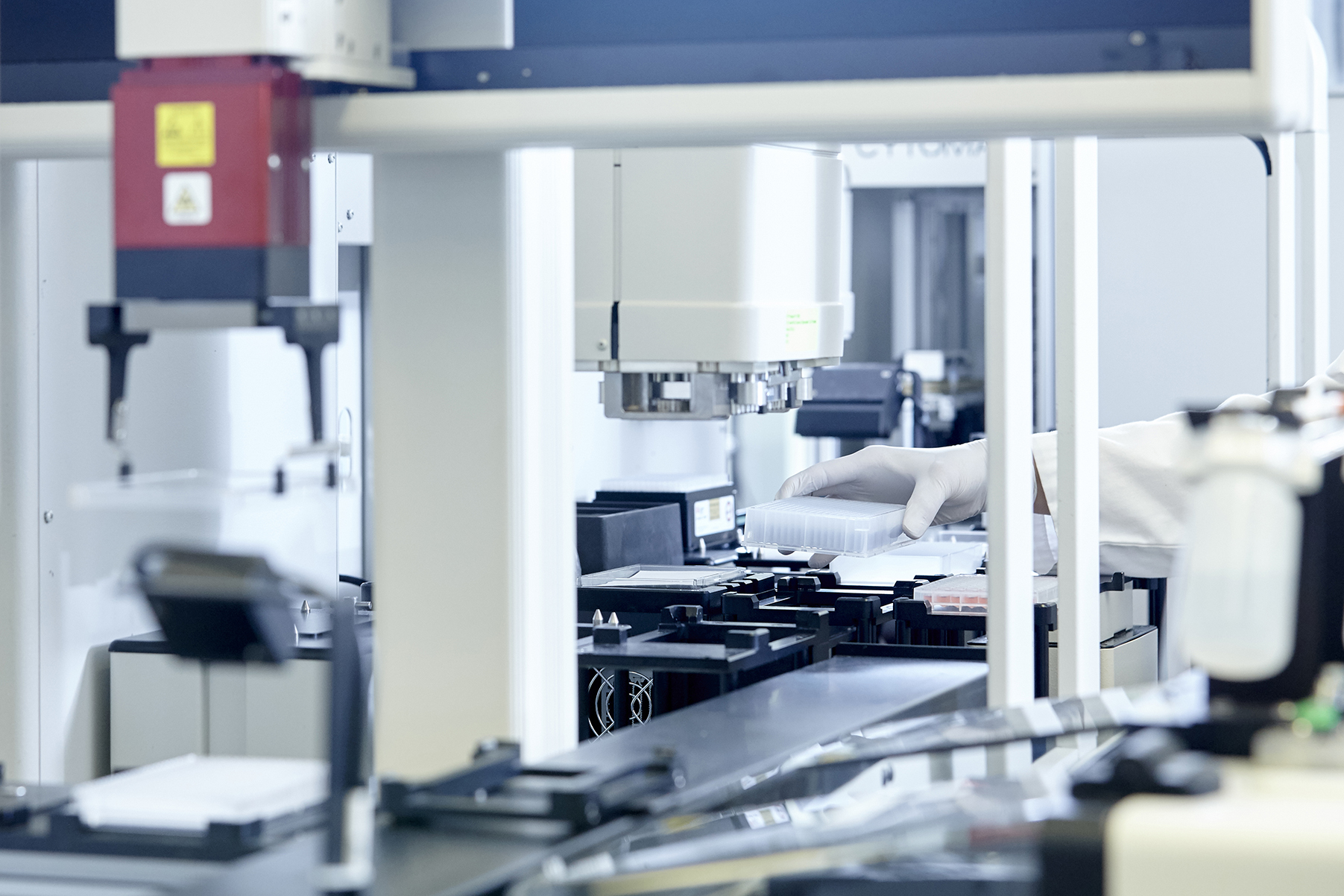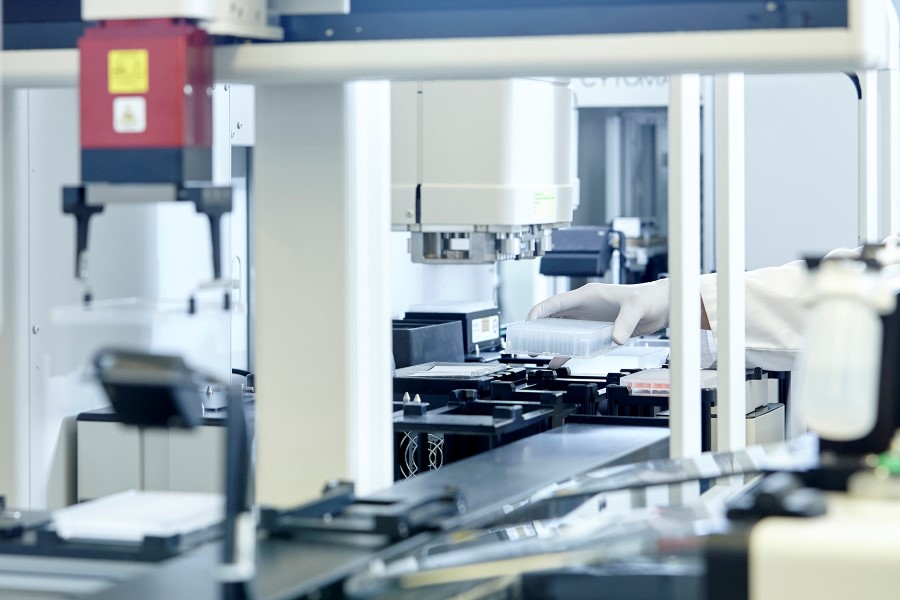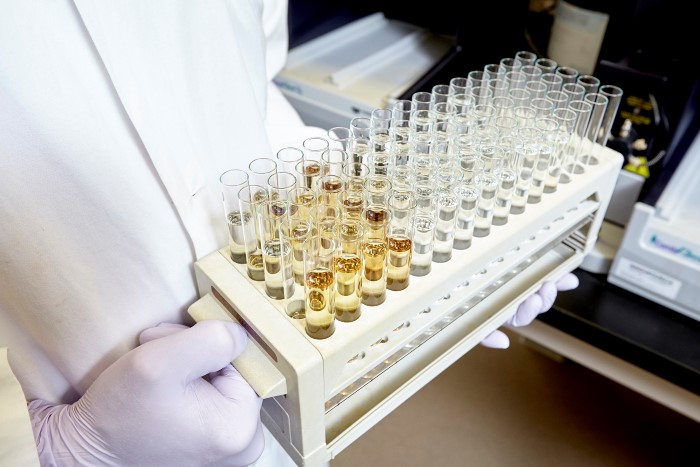Home

About our facility
The Centre for Microbial Chemical Biology is a 7,000-square-foot multi-user lab housed within the Michael G. DeGroote Institute for Infectious Disease Research (IIDR) at McMaster University. This core facility has experienced staff and over 65 specialized equipment items, enabling chemical biology research to be conducted in one central location. The CMCB is a Biosafety Level 2 facility that has the capabilities necessary for cell culture, assay development, high throughput screening, small molecule synthesis, natural product isolation, metabolomics, molecule identification for drug discovery, and basic research applications. The facility also holds a cannabis analytics license from Health Canada, allowing us to conduct research activities involving the identification and quantification of cannabinoids in a variety of matrices and products. Expert staff are on hand to maintain the equipment, offer training, and assist with the design and completion of individual research projects and experiments.
Information Box Group
Our Facilities & Services Learn More
The CMCB features five integrated labs designed to cover a range of research activities, including chemical synthesis, mass spectrometry, and more.
Our Equipment Learn More
The CMCB houses a robust suite of equipment and infrastructure necessary accessible to academic and industry partners alike.
Our People Learn More
Expert staff are on hand to maintain the equipment, offer training, and assist with research projects and experiments.
FACILITIES AT THE CMCB

High-Throughput Screening
Cell-based and biochemical screens on integrated state-of-the-art robotic systems.

Chemical Synthesis
Natural product isolation, chemical synthesis and drug discovery projects.

Protein Lab
Supports expression, purification, and analysis of proteins, as well as cell culture maintenance and experimentation.

Mass Spectrometry
Qualitative and quantitative assays of drugs and metabolites in physiological fluids and other media.

700-MHz NMR
High-resolution experiments on proton, carbon, nitrogen, and phosphorous nuclei.


